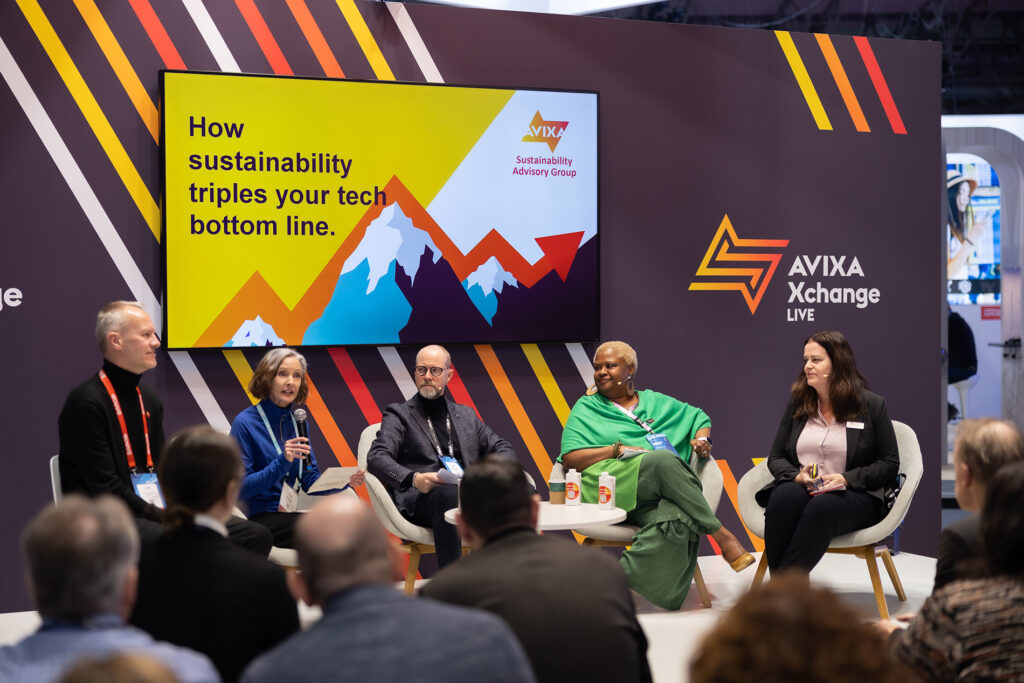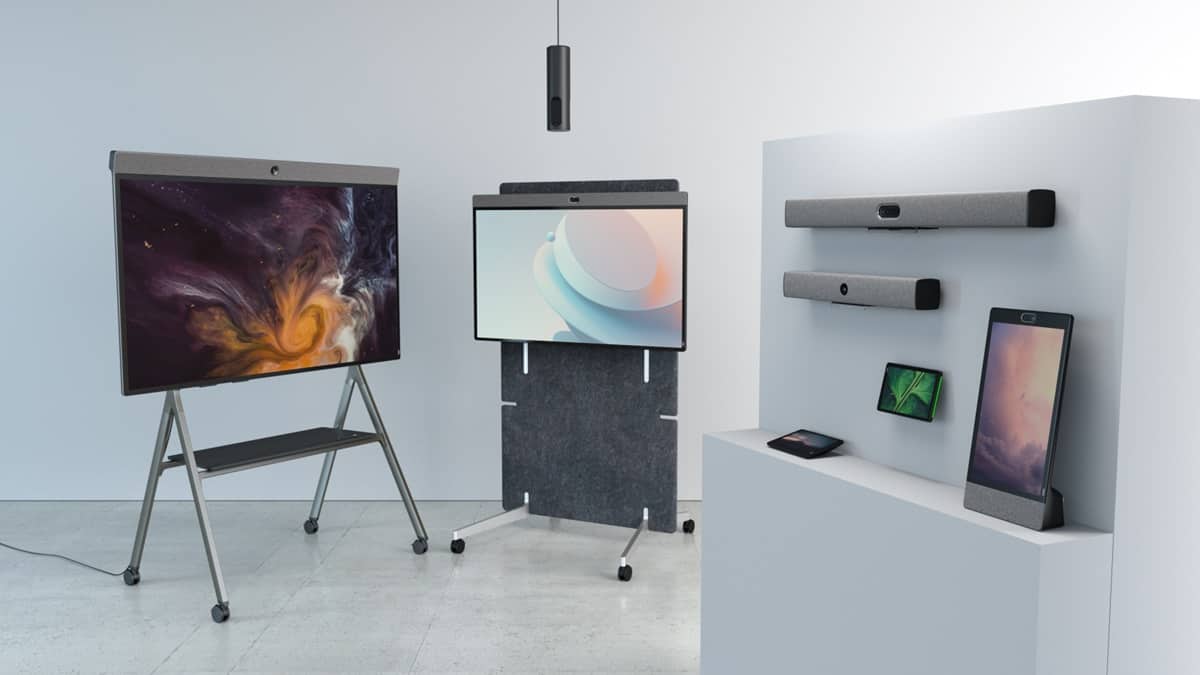
Feb 27, 2025
How Sustainability Triples Your Tech Bottom Line
View moreDec 14 - 2023

The return to office movement is changing meetings and we know firsthand how meeting room technology can improve the meeting experience in a hybrid working model, but effective collaboration isn’t just about enabling remote workers to connect. It is also about making the most efficient use of time, space and technology, to enable teams to collaborate effectively and inspire each other when they are in the office together.
Business leaders are currently facing the challenge of getting their hybrid working approach just right. This means finding a balance between wanting everyone back in the office, at least some of the time, to facilitate better collaboration, whilst also enabling people to work from home as many have become comfortable with it and can be more productive in their own environments. According to a recent Flex Index Report (UK Edition) 72% of UK employers offer work location flexibility for their corporate employees with only 28% of UK employers requiring full time in office for their corporate employees.
One way to get the most out of hybrid working is to choose the right model. Many of us have landed on a hybrid schedule where everyone can flex their time between the office and home. But there are different flavours of hybrid, some more prescriptive than others. Organised hybrid is emerging as the leading style, as this approach ensures everyone is in the office on the same days. This commonly might mean that Tuesdays to Thursdays are in-office and on Mondays and Fridays most of your colleagues work from home.
On the days when everyone is in the office there needs to be a focus on connecting these people and enabling them to collaborate as effectively as possible whilst they are all together. After all, what is the point of coming into the office to spend the entire time on video calls because no one else is there? This is not a productive use of time, so the key challenge is to work out how everyone works best together as a group, and make sure there is the time and technology to facilitate this collaboration.
Data shows that people who work on an organised hybrid model are between 3% and 5% more productive than those that work solely in the office. Those who work 100% of the time at home are 10% less productive than those who work in-office. Whilst time saved on commuting and getting ready for the office can be channelled into work activities when working from home, some of the collaboration and connectivity elements are lost when there is no time spent in the office. It’s clear that there is a need for balance.
One of the key factors to getting people back to the office is making it worth their while. Not only from a productivity standpoint, which may be the employer’s main concern, but also in terms of creating environments that make it easier and more enjoyable for people to work in and get their work done effectively. This can include creating inspirational collaboration spaces filled with innovative meeting room devices and moving towards more of an employee-centric model.
By not enforcing but encouraging people to come into the office at the same time returning to the office can become more attractive – because it gives everyone the chance to connect and use their time effectively. It’s not just important to connect for organised meetings but also spontaneous discussions that can spark creativity and bring about the new ideas and enthusiasm that are so important to growth and development within organisations.
At AVI-SPL we take a holistic approach to improving your collaboration spaces. We don’t just provide conferencing technology but also factor in your full environment, what it will look like, who will use it and how. We take the time to understand what platforms you are connecting to and through consultancy and virtual reality can show you what the solution will look like before finding the meeting room devices and software that integrates with your current platforms and lives up to the experience you want your teams to have.

One of the key brands in our industry for collaboration devices is Neat, a technology provider that we globally partner with in their mission to help companies do hybrid right. Their innovative technology helps to bring people who are working at home into the meeting as if they were there in person and their intelligent meeting room devices can play a key part in encouraging remote workers to return to the office for a better collaborative experience. Amongst the devices we are increasingly deploying for customers include the Neat Bar – a compact meeting room device that easily mimics real-life interactions and delivers superior-quality audio and video – and the Neat Board – a multi-touch screen with powerful audio system and wide-angle camera that works equally well in meetings and ad-hoc social interactions.
Earlier this year Neat launched the Neat Board 50, an all-in-one collaboration device adaptable for today’s flexible hybrid workspaces. Neat Board 50 swiftly adapts to you whenever, wherever and in whatever way you need to meet or express your ideas. Using the adaptive stand or adaptive mount, the screen can be adjusted up or down for optimal use and viewing with just a touch of a button.
And Neat’s latest addition to their video collaboration device portfolio is Neat Center, a companion device that extends the power of Neat devices and Neat Symmetry by enabling remote attendees to see and hear those in the meeting room better than ever. When combined with your primary Neat meeting room device, Neat Center further addresses the balance between remote attendees and in-room participants – creating meeting equity like never before. Neat Center pairs with Neat Bar, Neat Bar Pro or Neat Board to extend remote attendees’ view and audio to wherever you need it in the room, whether at the front of the room, the center of the table or both.
As we move further into the age of hybrid working, it’s clear that a flexible approach combined with the best technology available will be key to productivity, creativity and employee satisfaction. By understanding what works best in terms of where people work from and when and harnessing the technology that is ever-evolving to meet the needs of a hybrid workforce, leaders can see the future as an opportunity not a challenge.